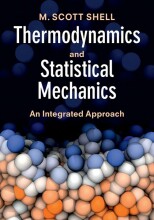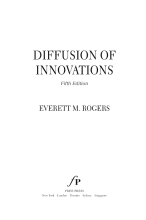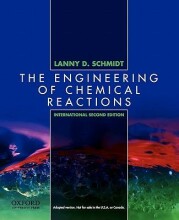Solutions – fundamentals - Binary mixing with interactions
10 important questions on Solutions – fundamentals - Binary mixing with interactions
What is the difference between ideal mixing and the regular-solution model?
What is the mean-field approximation and how is it used to take the interactions into account?
How is the total energy due to A-A interactions calculated?
- Higher grades + faster learning
- Never study anything twice
- 100% sure, 100% understanding
How is the total energy due to the A-B cross interactions calculated?
First an A particle with B neighbors is considered, second a B particle with A neighbors is considered.
What is the expression for the total mixed energy of the randomly mixed state?
The total mixed energy of the randomly mixed state is:
How is the difference in energy between the unmixed and the mixed state calculated?
Chi is called the exchange parameter.
How is the exchange parameter  defined?
defined?
It is a dimensionless parameter that summarizes the effect of the three distinct pair interactions.
In which ways is it possible for a solution to lack mixing energy?
How can the solution free energy for a binary mixture be calculated?
Where GA and GB give the pure-component free energies.
What different behaviors can occur depending on the exchange parameter?
If
If
The question on the page originate from the summary of the following study material:
- A unique study and practice tool
- Never study anything twice again
- Get the grades you hope for
- 100% sure, 100% understanding































